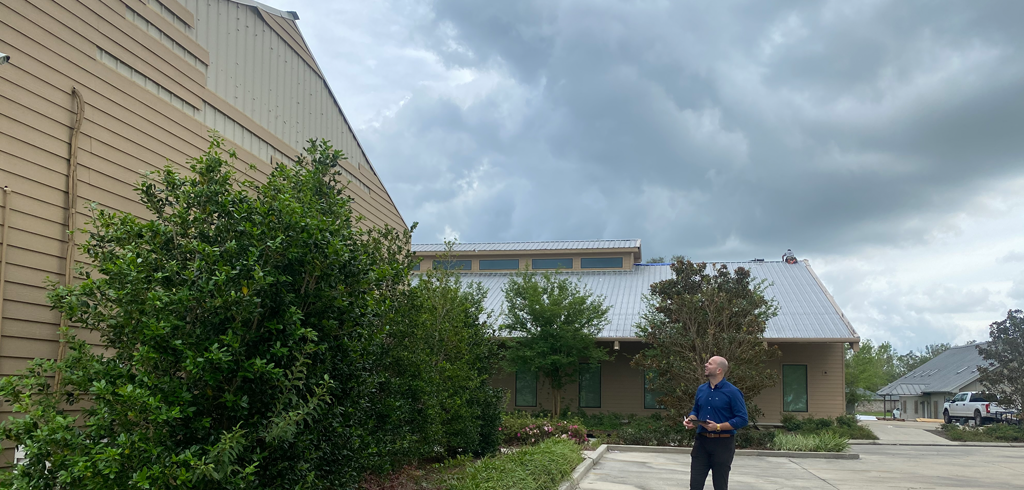What Causes Storm Surge? Understanding The Phenomenon

The question of what causes a storm surge becomes urgent when hurricanes and tropical systems approach coastal communities.
A storm surge is not just high water. It’s a rapid and forceful rise that can move inland with destructive power. When strong winds from a large storm push ocean water toward shorelines, the sea level can rise by several feet in a matter of hours, threatening everything in its path.
What Contributes to Surge Intensity?
Unlike normal tidal changes, this kind of surge is tied to wind strength, air pressure, and the underwater shape of the coastline. As winds whip across the ocean surface, they force water to pile up against the land. If the storm hits during high tide, the impact is even worse.
In places like Florida where the land is flat and low-lying, the floodwaters have nowhere to go. That’s why storm damage risk assessment is a service many property owners now consider a necessity, particularly after recent active storm seasons.
What Causes Storm Surge and Why Geography Matters
Topography makes a major difference. Shallow waters near a coast allow storm surges to climb higher and move faster. Deeper ocean floors can reduce some of this intensity.
The shape of the land, including bays and inlets, can also funnel water into narrow areas, amplifying surge height. Storm surge damage isn’t limited to immediate coastlines. It can reach miles inland, taking out roads, homes, and utilities in its path.
Atmospheric Pressure and Wind Effects
Pressure also plays a part. As atmospheric pressure drops during a hurricane, the ocean surface rises slightly. This rise, combined with wind-driven waves, creates the powerful surge effect.
In some cases, this combination causes not only flooding but structural collapse. That’s why engineering assessments and inspections have become an important step in preparation for condo boards and property managers across Florida.
Storm Speed, Direction, and Aftermath
Another thing is the storm’s speed and direction. A slow-moving hurricane may batter a coastline longer, giving the surge more time to build and push farther inland.
Meanwhile, a fast-moving system might create a shorter but more intense surge. Properties near harbors, river mouths, and estuaries are particularly vulnerable due to water funneling effects.
The aftermath of a surge can be devastating. Soil erosion, saltwater intrusion, and structural water damage can leave lasting issues. Without rapid recovery efforts and proper inspection, these hidden problems grow worse.
Knowing what causes a storm surge helps property owners prepare better, especially in areas prone to repeat weather threats.
Planning for Future Storms
As weather patterns become less predictable, property managers are turning to experts to assess risk before the next event strikes.
That includes having pre- and post-storm inspections to record structural integrity and detect potential hazards. Services like reserve studies allow communities to identify future financial needs for repair and recovery.
Supporting Your Coastal Property Through Storm Preparedness
At Stone Building Solutions, we help you get ahead of disasters by offering real insight into your property’s condition before and after the storms arrive.
Our team conducts detailed inspections and reporting to keep your buildings safer during hurricane season. From roof evaluations to balcony safety, we offer services to meet both regulatory needs and your peace of mind.
We also support communities with ongoing construction monitoring and accurate documentation that can speed up insurance claims or repair timelines.
Want to talk about how Stone Building Solutions can help protect your property from the unexpected?Contact us today and start planning with confidence.
